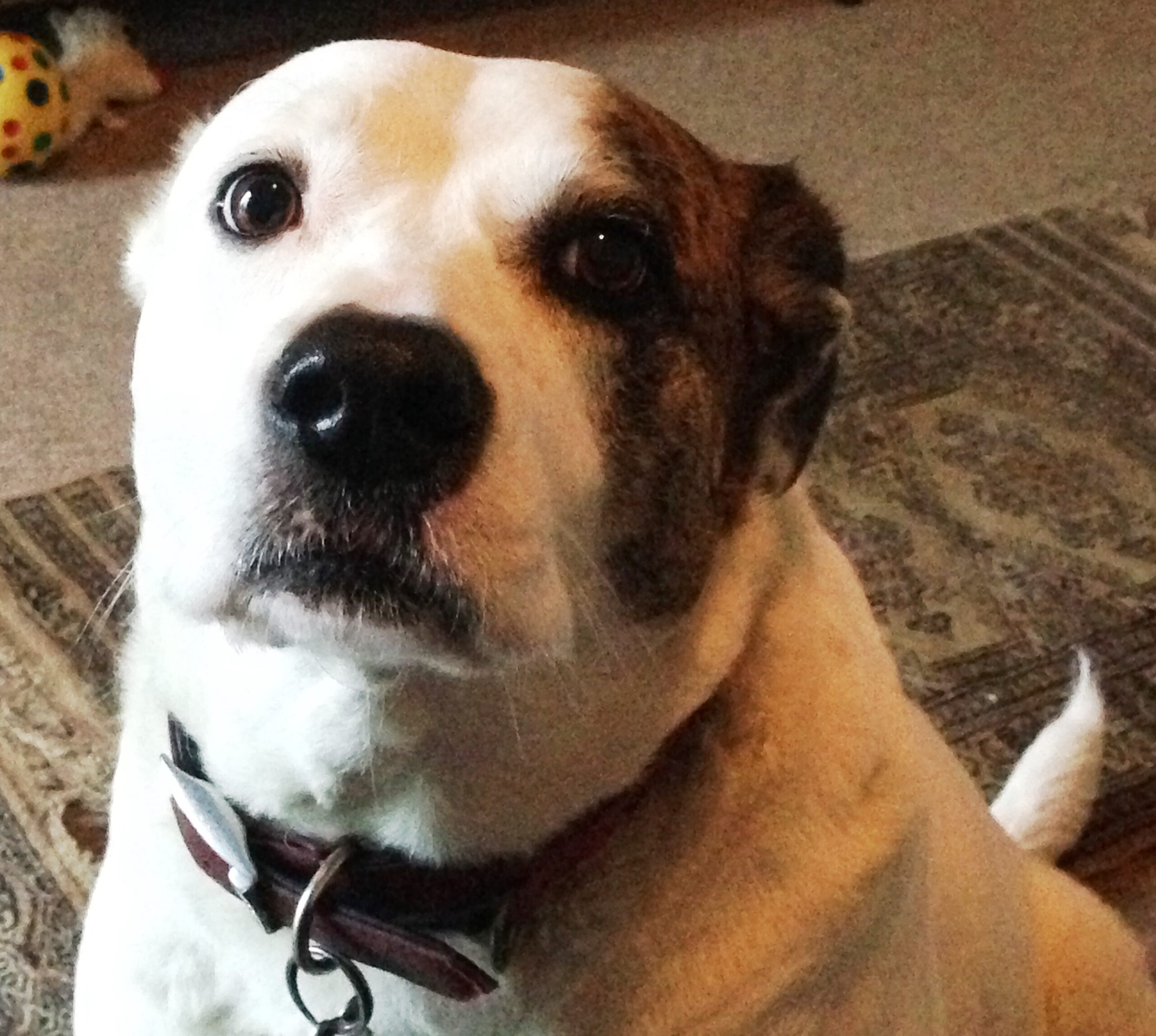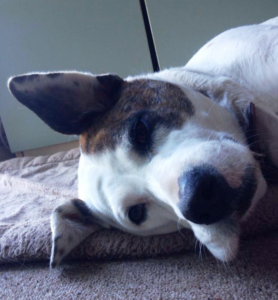Barks Blog
10 Steps for a Happy Office Dog
By Chantal Hughes

We know there is a link between happiness in the workplace and increased productivity.
And now, findings from research coming out of Virginia Commonwealth University in the USA reports that, “Man’s best friend may make a positive difference in the workplace by reducing stress and making the job more satisfying for other employees.”
Great news, right? Yes, generally.
And here’s the but….as long as the “lucky” dog has an experienced handler.
I work with too many gorgeous dogs with separation anxiety. So, here are 10 steps to ensure that your office dog’s life is enriched as well:

1. Always consult company health and safety regulations to embrace employee fears, allergies and emotions.
2. Introduce your pet dog gradually to human workspaces. Consider what has he been exposed or habituated to before. Has he experienced riding in a crowded lift? Or multiple interior floor surfaces? Build his confidence slowly and at his own pace.
3. Is he good at generalising? Can he apply all your hard work and training to a new environment? How’s the ‘leave it’ command when he locates your colleague’s sandwich?
4. Manage his access. Use baby gates to prevent following his nose into areas such as kitchens, restrooms, conference rooms and so on.
5. Make sure your stress relieving hero has a cool zone where he can withdraw and relax in safety. A bed or crate where he is ‘out of bounds’ is crucial.
6. Know your dog. This sounds obvious doesn’t? For some dogs, attention without their consent can actually be punishing and stressful for the dog. Make sure your dog is positively rewarded for all his good behaviour.
7. Understand your dog’s body language better than anyone else. Look out for the many signs of stress, insecurity, fearful behaviour or low level aggression. Here are just a few – panting, lip licking, freezing, tail carriage and speed of movement, whale eye, tension around his mouth, paw lifts, body weight and tension, shake-offs, looking away, sniffing, yawning, nose flicks and licks.
These are signals or ‘red flags’ from your dog to you that he is uncomfortable and its time for you to step in, help him and offer him ‘time out’. Respect his polite requests for help as if ignored these signs could escalate. Equally, watch for carry on or ‘green flag’ signals from him which invite continued interaction.
These include wiggly body, windmill tail, ears back and open, squinty or almond eyes, leaning into someone and relaxed commissure/muzzle.
8. See here for more on body language.
9. Always have a plan B! Dogs have feelings and emotions too and there will be days he feels unwell or simply doesn’t feel like being a stress buster so allow him a day off!
10. Get into a routine of work, breaks and exercise. Always pack a day bag for your dog to include, water bowls, poop bags, bed/crate, treats, toys and always a well-stuffed Kong.
